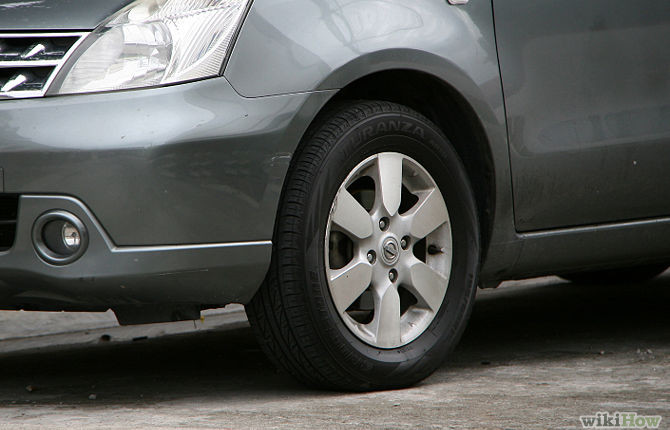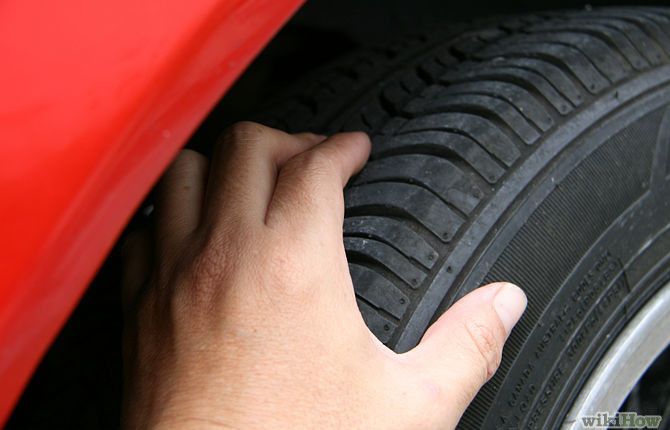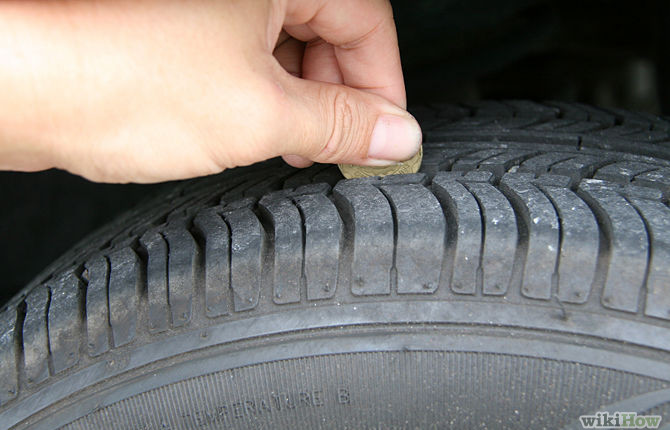How to Know when Car Tires Need Replacing?
 Ever wonder when to replace your worn car tires? The performance of your car tires is critical to the safety, performance and efficiency of your vehicle; the N.H.T.S.A. estimates that about 400 fatalities annually may have been attributed to tire failures. Most tires are designed to provide similar performance throughout their lives. However, at some point they start to lose performance in terms of their traction and braking ability. Here are a few tips that should help you decide if it is time to start shopping for a new set of tires and avoid spending more than you need to.
Ever wonder when to replace your worn car tires? The performance of your car tires is critical to the safety, performance and efficiency of your vehicle; the N.H.T.S.A. estimates that about 400 fatalities annually may have been attributed to tire failures. Most tires are designed to provide similar performance throughout their lives. However, at some point they start to lose performance in terms of their traction and braking ability. Here are a few tips that should help you decide if it is time to start shopping for a new set of tires and avoid spending more than you need to.
1 Understand that the primary function of tread on a tire is to divert water from beneath the tire to improve traction and avoid hydroplaning on wet roads.
Tires become unsafe when they’re worn, and once the tread is down to 1/16th of an inch (1.6mm), the tire is no longer safe.
2Look at the tread pattern.
All tires sold in Canada and other countries have what are called “tread wear bars”. These are small bridges that form between your treads. Look at the tread pattern and you’ll see the beginnings of these bars start to form between the treads, or running across the tires. As the tires wear, these bars will become flush (level or even) with the tire’s tread. At this point, it’s time to replace the tires
3Check the tread by using the “penny test.“
Take a penny, and place it upside down with Lincoln facing you in the center of the tread (at the thickest part of the tire).
- If you can see the very top of Lincoln’s head or the copper above it, replace the tires immediately.
- If Lincoln’s hair on the top of his head is partially visible, it is time to go shopping for tires.
- If you cannot see the hair on the top of his head (if the coin is inserted enough that the tire tread is at least as deep as Lincoln’s forehead), your tires do not need replacing yet.
4Use a tread depth indicator or gauge.
 Obviously, not everyone can get hold of an Abraham Lincoln penny. Either use the tread pattern test, or resort to using a special tread depth indicator or gauge tool to measure your tire’s tread. If you don’t already own one, the gauge is cheap to purchase from an auto parts dealer and it’s easy to use.
Obviously, not everyone can get hold of an Abraham Lincoln penny. Either use the tread pattern test, or resort to using a special tread depth indicator or gauge tool to measure your tire’s tread. If you don’t already own one, the gauge is cheap to purchase from an auto parts dealer and it’s easy to use.
- A downloadable tread depth gauge is available at www.TireVan.com/facebook
- Alternatively, it might be easier to pop in to your regular tire place and ask them to check it for you; likely they’ll do this for free if you’re regular customer.
5Know the legal requirements.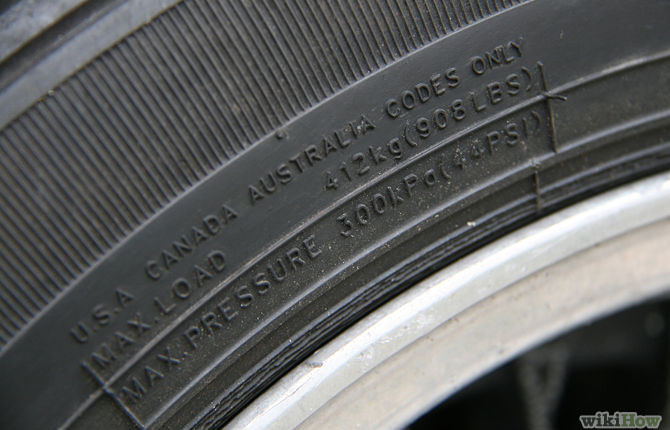
Worn tires should be replaced as a matter of common sense to assure safety, but in some jurisdictions, there are also legal requirements to replace worn tires. In many US States, tires are considered to be legally worn out when they have worn down to 1/16″ (1.6mm) of their remaining tread depth. In the UK, the minimum depth of the tread on tires (tires) is 1.6 millimeters, across the central¾ of the tread around the whole tire (tire).
6Make note of any irregular tread wear.
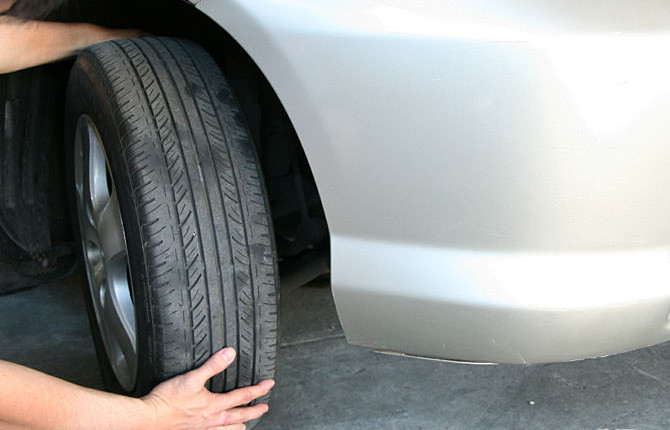 This could indicate a wheel misalignment, the need for a tire rotation, or both. Uneven tread wear is a sign that you need to take your car in for servicing.
This could indicate a wheel misalignment, the need for a tire rotation, or both. Uneven tread wear is a sign that you need to take your car in for servicing.
- If uneven tire wear is extreme or if tires wear out much faster than expected, have a competent tire workshop check your suspension and correct as necessary before replacing tires. Improper alignment or worn suspension parts can dramatically shorten a tire’s life.
- It is a good idea to rotate your tires from front to rear in pairs. Take both front tires and move them to the rear and vice versa.
7Replace the tires at least every 6 years.
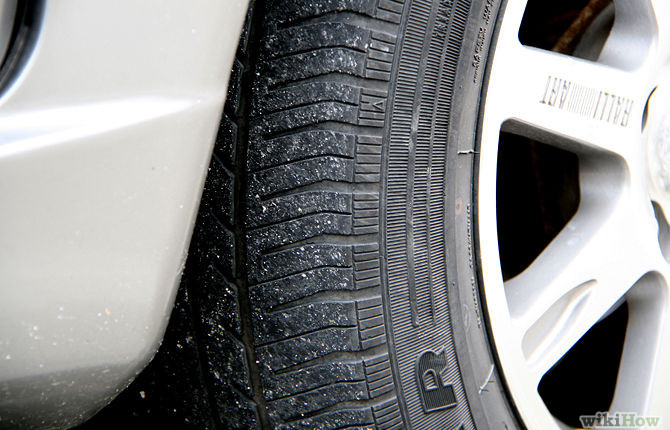 If you’re not sure, the minimum replacement time that is recommended by the NHTSA is six years regardless of use, with 10 years being the maximum service life for tires. Check your owner’s manual for specific recommendations related to your car. And always err on the side of caution if you suspect your vehicle has tires that are over six years of age.
If you’re not sure, the minimum replacement time that is recommended by the NHTSA is six years regardless of use, with 10 years being the maximum service life for tires. Check your owner’s manual for specific recommendations related to your car. And always err on the side of caution if you suspect your vehicle has tires that are over six years of age.

